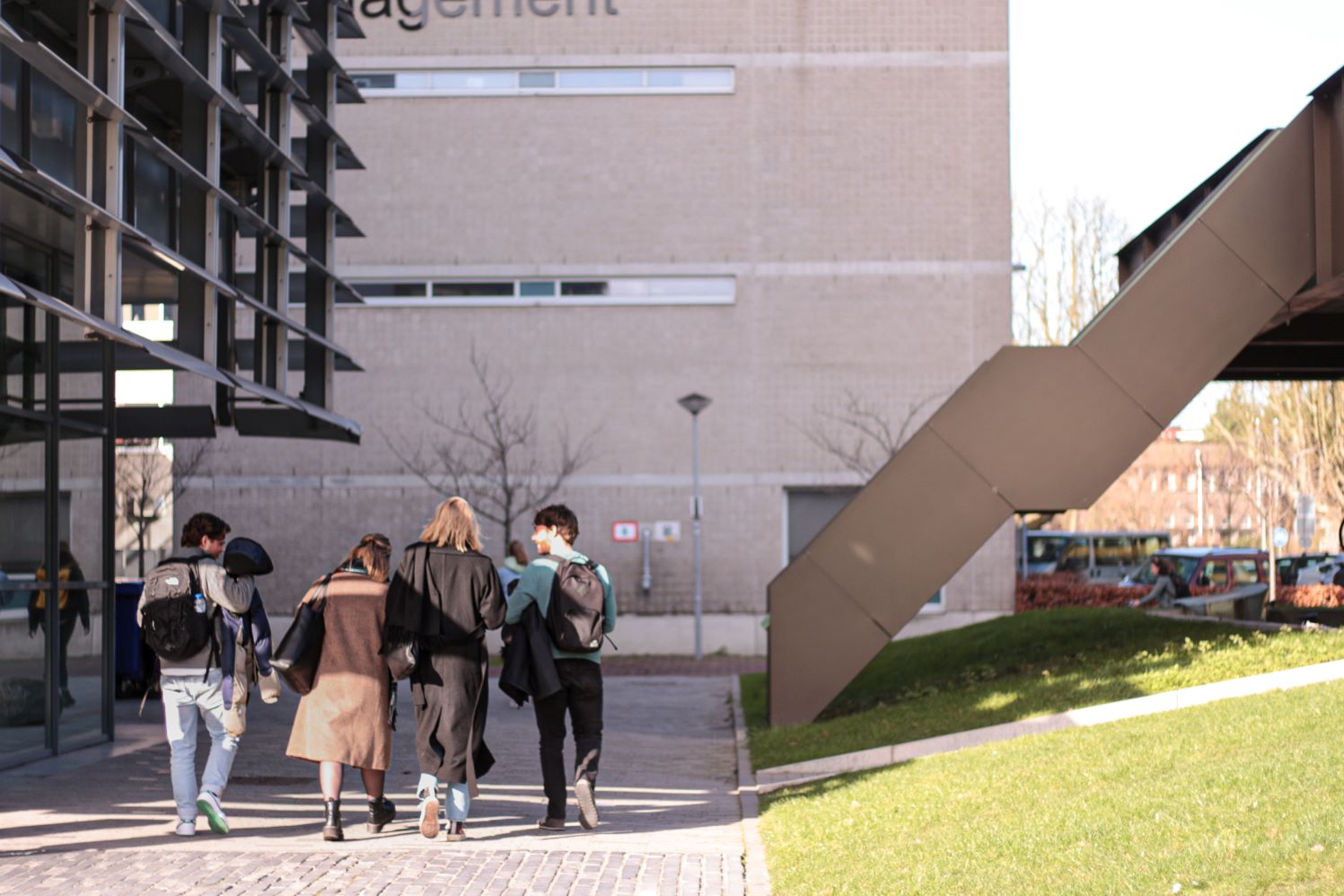The number of foreign students in Dutch higher education increased 7 percent this academic year compared to last year, reports Nuffic: much less than in previous years.
In Delft, the number of international students increased by 6 percent. (Photo: Justyna Botor)
The reasons for that include the basic student grant, Brexit and the war in Ukraine.
More than 122,000 foreign students are in full-time education in the Netherlands. That is 7 percent more than last year, according to new research by Nuffic, the Dutch organisation for internationalisation in education. It breaks with the trend of previous years. In the last academic year, the growth percentage was 12 percent. These are national figures that include both universities and colleges.
At TU Delft, according to Nuffic figures, the number of internationals increased by 6.1 percent: from 6,344 international students during last academic year to 6,733 this academic year. Comparing the 2020-21 and 2021-2022 academic years, the number of Delft internationals grew by 8.6 percent.
The question is whether the national slowing growth continues. One of the reasons given by Nuffic is that, just like Dutch students, some internationals prefer to start their studies next year, so they can make use of the new basic student grant.
Brexit and the Ukraine war
According to the report, Brexit makes it less attractive for British students to study in the Netherlands. This academic year more than 1,800 British are studying in the Netherlands, 42 percent fewer than before the UK left the European Union. The United Kingdom used to be among the top ten, but has now fallen to 17th place.
Other developments play a role as well. The Russian invasion of Ukraine, for instance, led to a rise in the number of Ukrainian students in the Netherlands. There are now 1,059, which is 47 percent more than in 2021-22.
Top five
The largest group of foreign students in Dutch higher education is still from Germany. Italy is again in second place, followed by China and Romania. A newcomer in the top five is Spain, replacing Belgium.
One in seven of all the students in higher education is from abroad. They come from 167 different countries and a quarter of them are from the European Economic Area. The latter group does not include the UK and Switzerland, for example. Around 85,000 international students are currently attending a research university and nearly 37,000 are studying at a university of applied sciences.
In absolute terms, the University of Amsterdam has the largest number of international students. The only university of applied sciences in the top ten is Fontys. But Maastricht University heads the list in relative terms: more than half of the university’s student body comes from abroad. TU Delft accounts for seventh place. Only the study programmes with 2,000 students or more have been included in the top ten in terms of relative numbers.
More control
The number of international students has doubled in the past two decades. Education Minister Robbert Dijkgraaf is putting forward new legislation that aims to channel the influx of international students. He wants more central control and would like foreign students to learn some Dutch.
- Critics regularly associate the growth of international students with overcrowded lecture halls and shortages of student housing. Research conducted by Delta shows that the latter is not true. Over the past three years, virtually no student housing has been added in Delft.
(HOP, Peer van Tetterode / Delta)
Do you have a question or comment about this article?
redactie@hogeronderwijspersbureau.nl


Comments are closed.